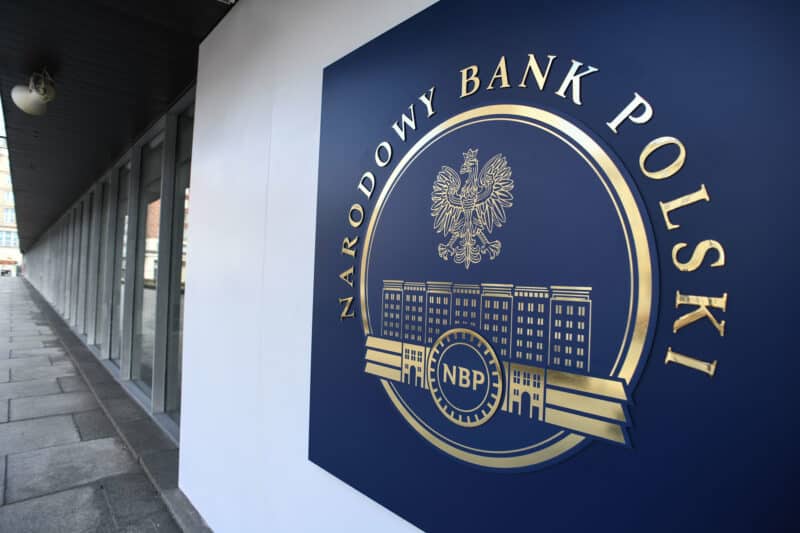The first two-day session of the Monetary Policy Council for this year is ahead of us, which will take place unusually – on Monday and Tuesday. The decision regarding interest rates will be known tomorrow, as usual on its second day. This time, the market consensus also agrees and so a change in the money price should not be expected. After last year’s cuts in September and October, the reference rate will most likely remain at 5.75%. The issue of the possible, next cut in interest rates is a matter for the second half of the year at the earliest, with emphasis on the fourth quarter. How could the situation overseas affect future decisions? Explains Lead Analyst of Tavex, Tomasz Gessner.
In the December conference, the President of the National Bank of Poland made it clear that the Council is currently waiting for the latest inflation projection prepared by the Department of Analysis and Economic Research of the National Bank of Poland. This projection is to be released in March. In addition to the projection itself, by that time the budget should have been enacted, and we will then at least get to know the final shape of wage increases. As pointed out by member of the Monetary Policy Council, Ireneusz Dąbrowski, currently there is no risk of raising interest rates, while decisions fluctuate more between maintaining the price of money and its further lowering.
When it comes to inflation rate, we have consistently bittersweet data. On one hand, its further cooling can be considered a success. According to preliminary data, in December on an annual basis it was 6.1%, compared to 6.6% in November. I would remind you that back in February of last year, its peak reached 18.4%. Although the slowdown in price growth should be a cause for happiness, the bitter pill is the fact that the vast majority of European countries are much better at curbing inflation. According to Eurostat methodology, that is the harmonized consumer price index, in November inflation in Poland was 6.3% in comparison to the EU average of 3.6% and the average for the euro area of 2.9%.
December surprise in the USA
It is worth mentioning what happened at the monetary policy level at the December meeting. For many months, participants in the financial market were looking out for some declaration of a definitive end to the interest rate hike cycle in the USA. The last increase there took place in July last year, bringing the money price to the 5.25-5.50% range. During the December meeting, not only the latest macroeconomic projections were presented, but also the expectations of individual members of the Committee regarding the level at which they believe interest rates will be at the end of this year. Considering what they thought in September about rates at the end of 2024, this time their expectations moved noticeably down, signaling a price drop by a total of 75 bp, probably in three cuts of 25 bp each.
In this situation, investors were rather clearly given to understand that the July rate hike was the last one, ending the current cycle. However, interestingly, this was not unequivocally confirmed by the Fed chairman Jerome Powell, who cautiously left a backdoor open for possible action should inflation start to bounce back again. Its peak reached 9.1% in June 2022, and since then it has been corrected to around 3%. The latest reading for November indicates 3.1%.
This December shift in the attitude of members of the Federal Committee on Open Market Operations is quite a surprise, which could set the sentiment in the markets for the rest of this year. The key issue for the quotations of individual assets, however, will be whether the change in the narrative of the American monetary authorities to definitely more dovish is the effect of successes in bringing inflation to lower levels, or preparing for some other impending crisis. Threats arise, for instance, from the banking sector, which will no longer have the benefit of one-year support program concluding in March, and the commercial real estate sector, which has not recovered its investment capacity to pre-pandemic levels. Added to this is the weakening job market, exemplified by the scale of full-time job losses which have been swapping for months with part-time jobs, exposing the real state of the American economy, which may soon run out of breath.
If the situation across the ocean were to noticeably worsen in the coming months, the Fed might respond with larger and faster interest rate cuts, which should weaken the dollar and in our context limit inflationary pressure, which in turn would give the Monetary Policy Council room to further soften monetary policy in Poland.
